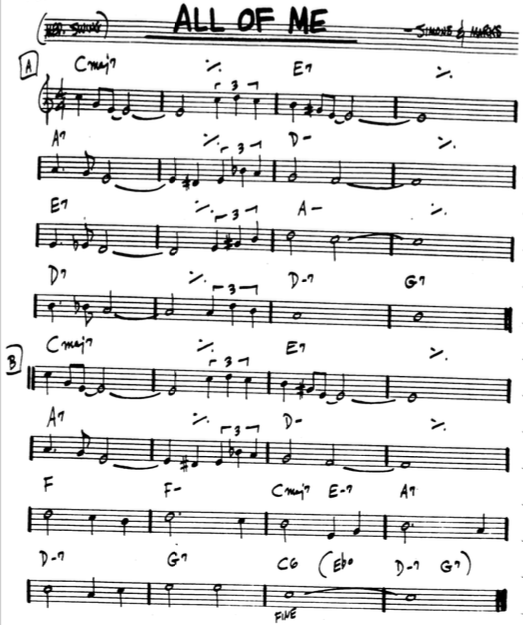Classical vs Jazz
Like many pianists, I first started learning Classical music and only later became interested in and transitioned over to Jazz. Unsurprisingly, playing Jazz music requires a completely different skill set to Classical.
Some of the differences between Classical and Jazz music are:
- Classical music is (generally) completely composed (with the exception of Bach); while Jazz music is largely improvised;
- Classical music generally uses a straight rhythm; while Jazz generally uses a swing rhythm;
- Classical music pieces often have long and highly structured forms (sonatas, etc.); while most Jazz songs have a 12 bar or 32 bar form that just repeats.
Interestingly, both early Classical (Baroque & Classical) and early Jazz (Dixieland & Swing) are harmonically relatively simple. And later Classical music (Romantic & Serialism) and later Jazz (Free Jazz & Post-bop) are more harmonically and structurally complex. In fact, there is some overlap with Jazz and 20th Century Classical music (Rhapsody in Blue).
Introduction to Jazz
Lead Sheets
In Classical music, you use sheet music which indicates every single note you need to play and exactly how to play it. In Jazz, on the other hand, we generally only use a lead sheet (see below). A lead sheet outlines only the skeleton of the song – the basic chord progression and melody – and you are NOT supposed to play it exactly as written. Your job as a Jazz musician is to take the basic chords and melody and:
- Create a more complex chord progression by using extensions, alterations and substitutions;
- Embellish the melody (have a listen to Louis Armstrong play a melody – he never quite plays it exactly as written) and improvise over the chord progression.

Rhythm
Jazz generally (though not always) uses a swing rhythm with a backbeat (accent on beats 2 & 4). This creates a strong syncopated feeling.
Form
Most ‘Traditional’ Jazz Standards have either a 12 bar Blues or a 32 bar AABA/ABAC form, and are played using a ‘Head-Solo-Head’ structure:
- Head: Means playing the chords and melody largely as written (with substitution and embellishment)
- Solo: Means improvisation over the same chord progression (again, with substitutions)
So the song is repeated multiple times with the melody played the first and last time through and improvisation squeezed into the middle. (More modern Jazz, like Post-bop or Free Jazz, use very different forms but we will get to that later).
Homophony
Jazz is almost always ‘homophonic’. This just means that Jazz consists of two part:
- Jazz Chords (Harmony); and
- Improvisation (Melody).
In this module we will be learning all about Jazz Chords – how to build them and how to analyse them. Then in later modules we will move on to discussing scales and improvisation.